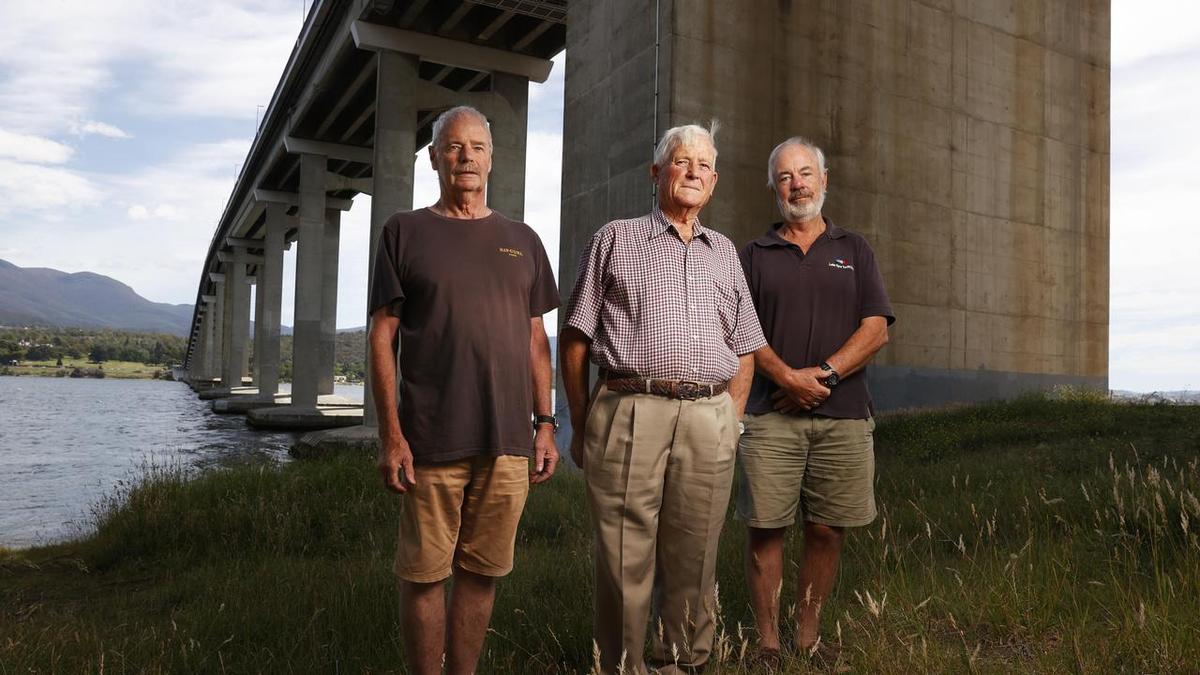Recalling the Tasman Bridge Disaster

9.27 pm (AST) on Sunday 5t January 1975 the bulk carrier Lake Illawarra struck the bridge.
As part of the 50-year commemoration of this disaster, the Hobart Mercury carried numerous stories about the event. In an article by Duncan Abey, former tugboat skipper Bernie Smith (svc 1949-55) recounted his very vivid memories of the event. To quote the article:
Bernie Smith can never forget the sound.
On a quiet Sunday night at home in Rose Bay in January 1975, the veteran tugboat skipper was startled by “a terrible noise” – which he instinctively knew was the Tasman Bridge collapsing.
Half a century later, Mr Smith recalled his involvement in the spontaneous search and rescue operation undertaken by a rag-tag flotilla of Hobart boaties, and the Tasmanian maritime tragedy that claimed 12 lives.
“At exactly 27 minutes past nine our whole house shook, and I said to my wife ‘they have knocked the bloody bridge down’,” Mr Smith told the Mercury in the lead-up to the disaster’s 50th anniversary commemoration.
“About five minutes later work rang me from the western shore, so with the bridge out, I took my own dinghy across the river.
“Already there was flotsam and jetsam in the water, and it was horrible.
“There were flashing lights everywhere, and I could see the bridge’s water pipes just pouring into the river from above.
“You could also see the bridge span out.
“My first thought was ‘how many people are dead’.”
Just half an hour after bulk carrier Lake Illawarra struck the bridge, Mr Smith was on the river with three crewmates aboard the tug Cape Peron, using searchlights to hunt for survivors in the Derwent’s pitch-black waters.
The day after the Tasman Bridge disaster.
The 84-year-old can still vividly recall what they saw during an operation which continued until dawn.
“It was awful, like something out of a war zone,” Mr Smith said.
“There was oil, deckchairs, and lifebuoys floating everywhere.
“Nobody knew how many people actually had fallen off the bridge at that stage, and so if anyone was going to still be alive, we wanted to give it our best shot to find them.

